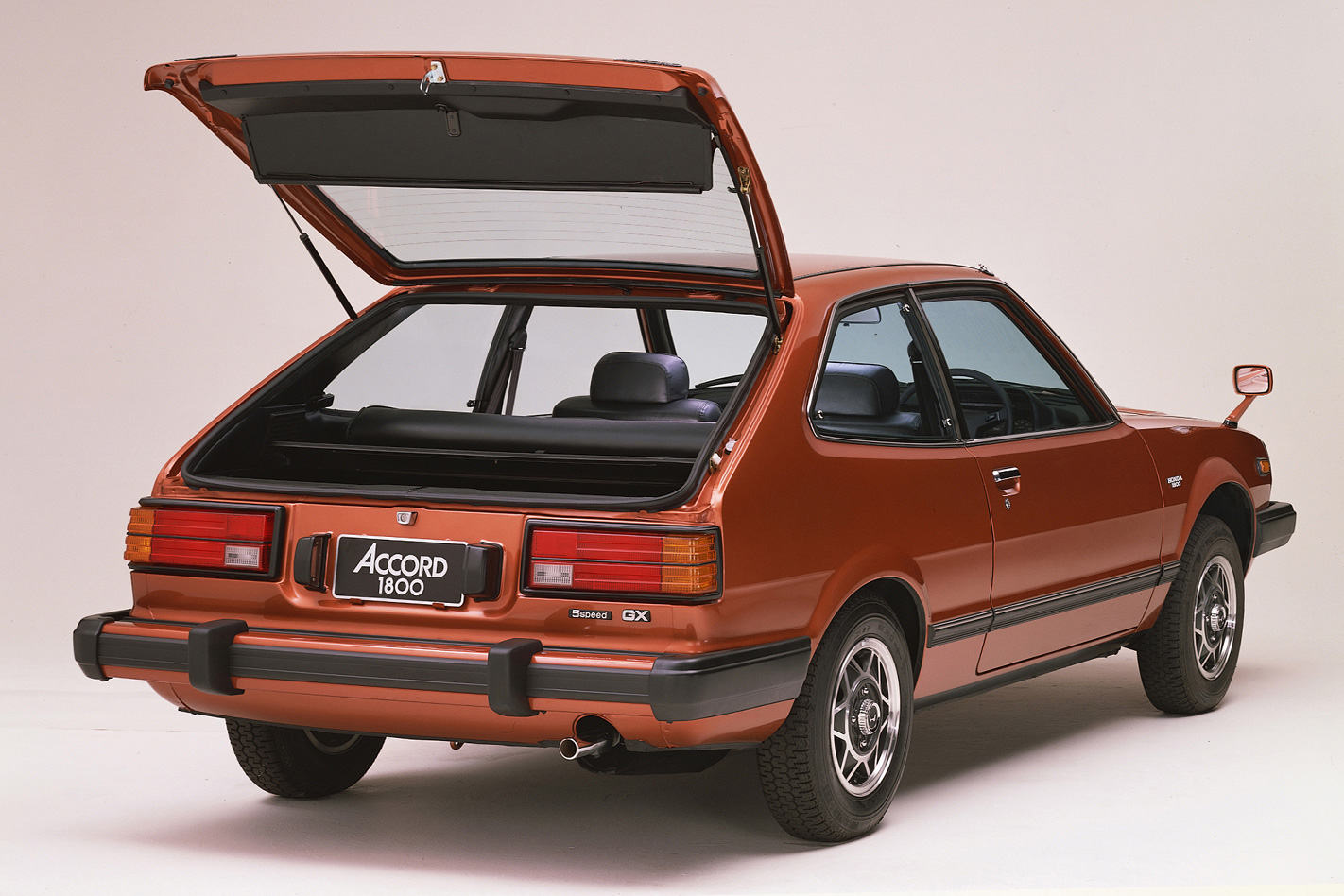Peak oil? Try peak stupid. As with acid rain, the Millennium Bug and, well, your guess what comes next, the outrage industry has been very silent on this issue that, not long ago, spelled the beginning of the end of civilisation. Around 10 years ago, several expert authorities predicted that the world’s oil reserves would be in terminal decline by around 2014-’15. The inconvenient truth is that 2017’s production of 92.65 million barrels per day marked a new world record, and the eighth consecutive year of increased production.

Still, peak oil has been giving the panic-prone something to believe in at least since the OPEC oil crisis of 1973-’74. This political embargo put a sharp focus on oil dependence, especially in the US, where a quadrupling of petrol prices in just 12 months would devastate Detroit and its “gas-guzzlers”.
Americans turned to small, fuel-efficient Japanese cars, exemplified by the Honda Civic. It had a formula of packaging, build quality, value and importantly, efficiency, through its ‘CVCC’ (Compound Vortex Controlled Combustion) four-cylinder engine, whose lean-burning, 12-valve design also met new emissions laws without a catalytic converter. By the end of 1975, the Civic’s annual sales in the US had almost tripled.

Honda followed that success in 1976 (1977 in Australia) with its largest model to date, the medium-sized Accord – the name said to represent Honda’s efforts to achieve accord between society and the automobile. Completely designed in Japan, the three-door Accord (a sedan followed in 1978) was as stylish as it was practical, with a handsome, four-headlight frontal treatment, a taut body shape with liftback tail and an airy, light-filled interior.
Indeed, in naming the Accord the 1977 Car of the Year – the first Japanese car to lift the honour – Wheels described its design as “one of the most astute marketing exercises in the history of the car … not a sedan or a coupe, not a station wagon or even a hatchback, but … a clever combination of all four.”
Australian Accords eschewed CVCC for a 1.6-litre, eight-valve unit. In its driving, as in its quality and equipment, the Accord was perceived as being more European than Japanese. Its admirably light weight made it fast and fun, and it was more than competitively priced ($6349 for a five-speed at launch in 1977, versus $6299 for an Australian-assembled, four-speed VW Golf GLS).

On the heels of excellent eccentrics like the S600, air-cooled 1300 Coupe and the brilliant Civic, the Accord reinforced Honda’s reputation as a truly innovative mainstream manufacturer.
THE RIGHT STUFF
Honda’s ‘big Civic’ didn’t skimp on spec, with struts and coil springs at each corner and rack-and-pinion steering. Australian Accords displaced 1599cc with an sohc eight-valve cylinder head, fed by a Keihin two-barrel carb. Lively and free-revving, it made 60kW and 124Nm, for 0-100km/h in 11.8 seconds and 400 metres in 18, via a five-speed manual (a two-speed Hondamatic took rather longer).

CROSS OF VELOUR
What Crystal Cylinders shirts were to fashion in 1977, tan, blue or burgundy velour was to car interiors. The Accord was extremely well equipped, with rich carpet, tacho, AM/FM radio, quartz clock, folding rear seat, hinged rear windows, and rear window washer-wiper. Aussies learned about ‘surprise and delight’ via the Accord’s day/night interior mirror, coin tray (for toll booths), and service reminder lights.





